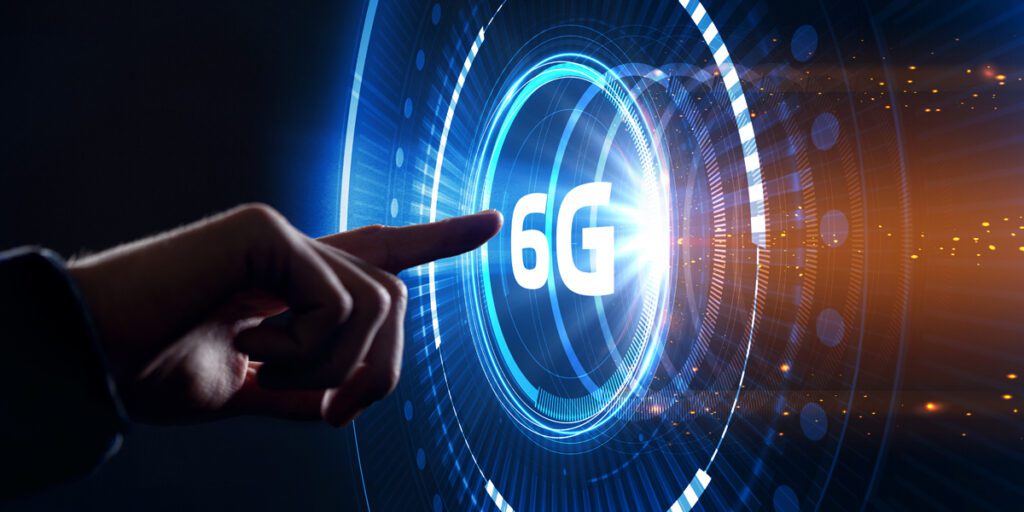5G technology, the latest wireless communication technology, is set to revolutionize communication in multiple ways. It offers speeds up to 100 times faster than 4G, ensuring faster download/upload speeds, smoother streaming, and immediate access to data. The ultra-low latency of 5G enables real-time communication and boosts technologies like video conferencing and virtual reality. Moreover, 5G improves connectivity in crowded areas, paving the way for the Internet of Things (IoT) revolution by allowing billions of devices to communicate efficiently. Additionally, 5G’s high speeds and low latency will harness the potential of artificial intelligence, leading to advancements in sectors like healthcare, transportation, and smart homes. Overall, 5G promises a future of enhanced communication and interconnectedness.
Exploring the Potential of 5G Technology: How It Will Revolutionize Communication
Introduction
The world of communication has come a long way since the invention of the telephone. From landlines to mobile phones, each generation of technology has brought forth new possibilities in how we connect and communicate. Now, the next big leap is upon us – the advent of 5G technology.
What is 5G?
5G, or “Fifth Generation,” refers to the latest generation of wireless communication technology. It promises to offer faster speeds, lower latency, and greater bandwidth than its predecessor, 4G. While 4G allowed us to enjoy faster internet speeds on our smartphones and enabled the widespread use of apps and video streaming, 5G takes it a step further by creating a network that can handle more data at lightning-fast speeds.
How Will 5G Revolutionize Communication?
5G technology has the potential to revolutionize communication in several ways:
1. Faster Speeds
With 5G, users can expect to experience speeds up to 100 times faster than 4G. This means faster download and upload speeds, smoother streaming experiences, and instantaneous access to data. With such high speeds, users can seamlessly connect and communicate without any lag or delay.
2. Lower Latency
Latency refers to the time it takes for data to travel from its source to its destination. 5G promises ultra-low latency, reducing the delay between sending and receiving data to just milliseconds. This will enable real-time communication and empower technologies like video conferencing, augmented reality, and virtual reality.
3. Enhanced Connectivity
5G will significantly improve connectivity in crowded areas, such as stadiums, airports, and urban environments. With its ability to handle a massive number of connected devices simultaneously, 5G technology will ensure that everyone remains connected even in high-density areas. This opens up possibilities for new applications like smart cities, autonomous vehicles, and remote surgeries.
4. Internet of Things (IoT) Revolution
One of the most significant impacts of 5G will be its role in revolutionizing the Internet of Things (IoT). The IoT is a network of interconnected devices that communicate and exchange data with each other seamlessly. With 5G’s high bandwidth and low latency, billions of devices can connect and communicate efficiently. This will lead to immense advancements in sectors such as healthcare, agriculture, transportation, and smart homes.
5. Tapping into the Potential of Artificial Intelligence
5G and artificial intelligence (AI) are a match made in heaven. The high speeds and low latency of 5G will enable AI technologies to flourish. From autonomous vehicles to smart assistants, 5G will provide the necessary infrastructure for AI-powered devices to process vast amounts of data and deliver real-time responses, enhancing communication and enabling new solutions to everyday problems.
Conclusion
5G technology holds immense promise for revolutionizing communication in the future. With its lightning-fast speeds, low latency, and enhanced connectivity, 5G will enable us to communicate seamlessly and explore the endless possibilities of technologies like the Internet of Things and artificial intelligence. As more networks roll out and devices become 5G-compatible, we can anticipate a world of enhanced communication and interconnectedness.
